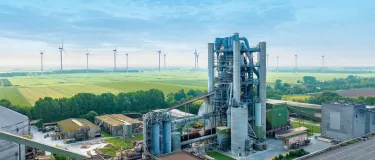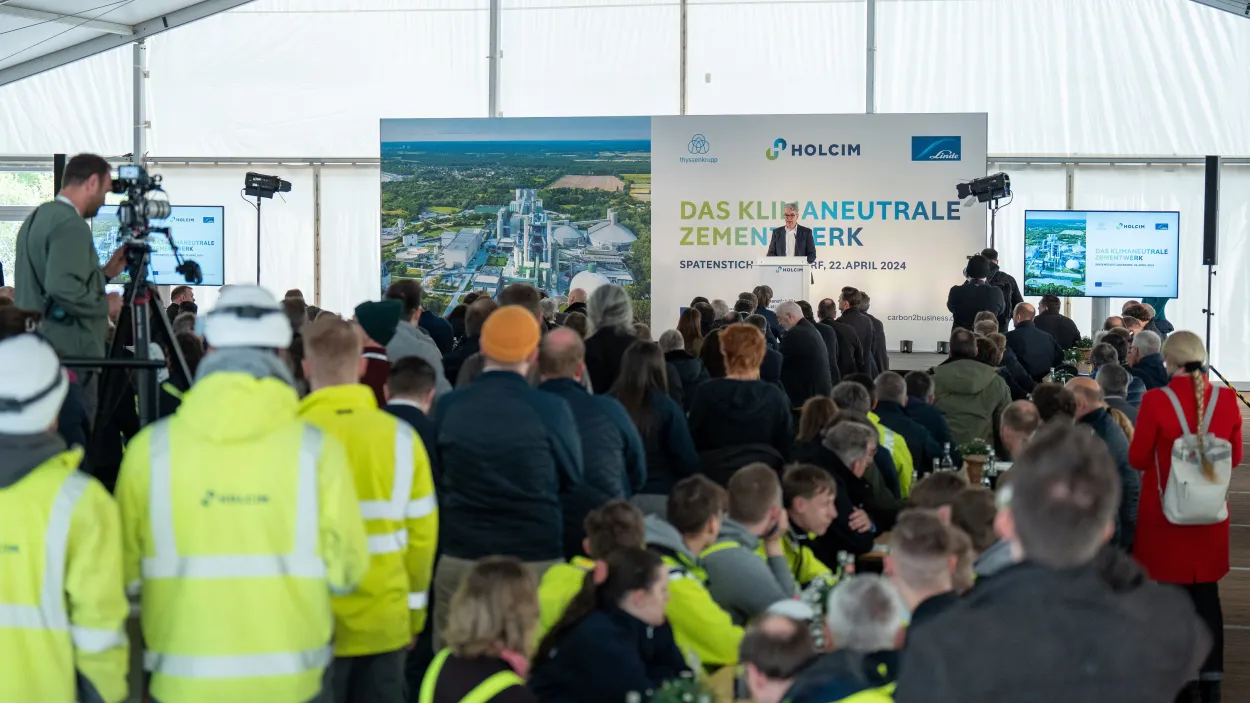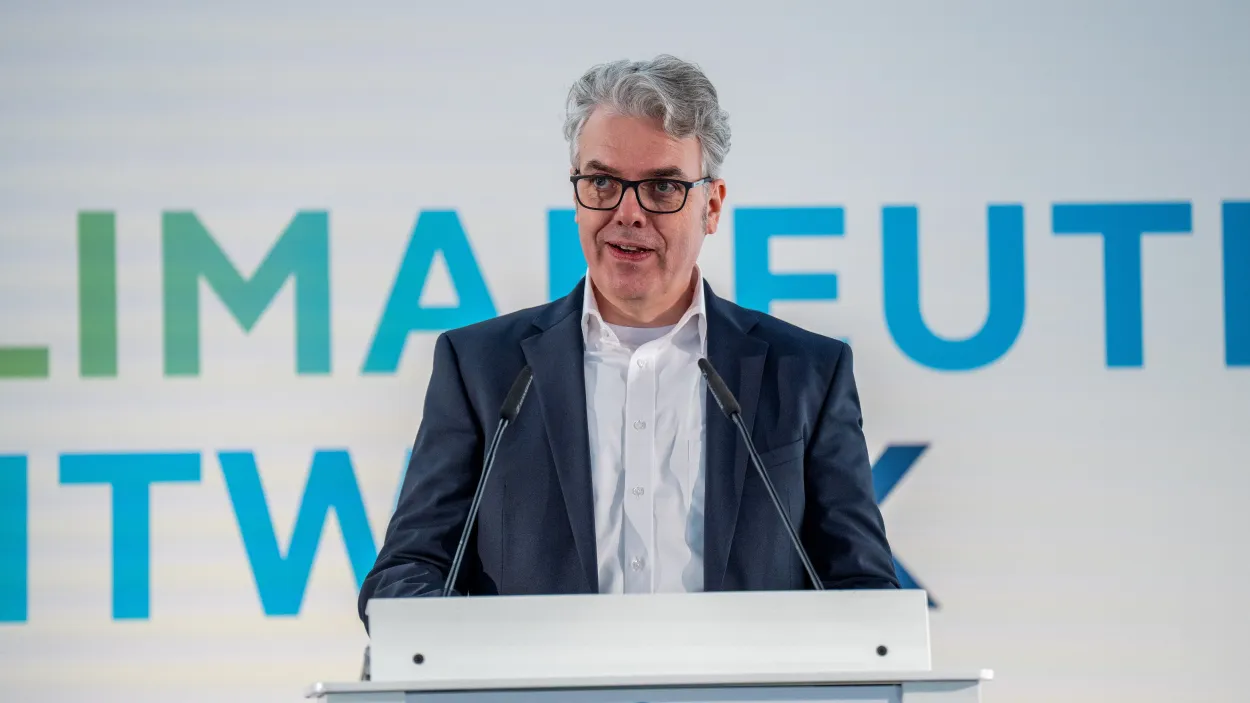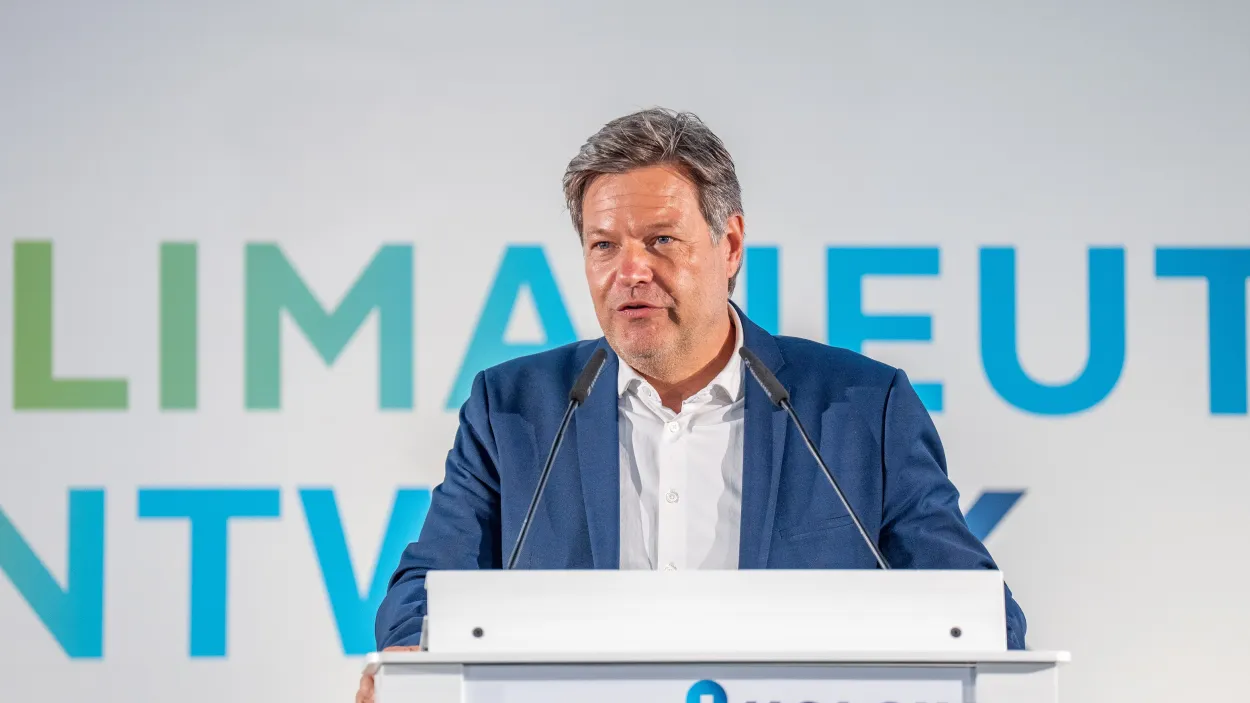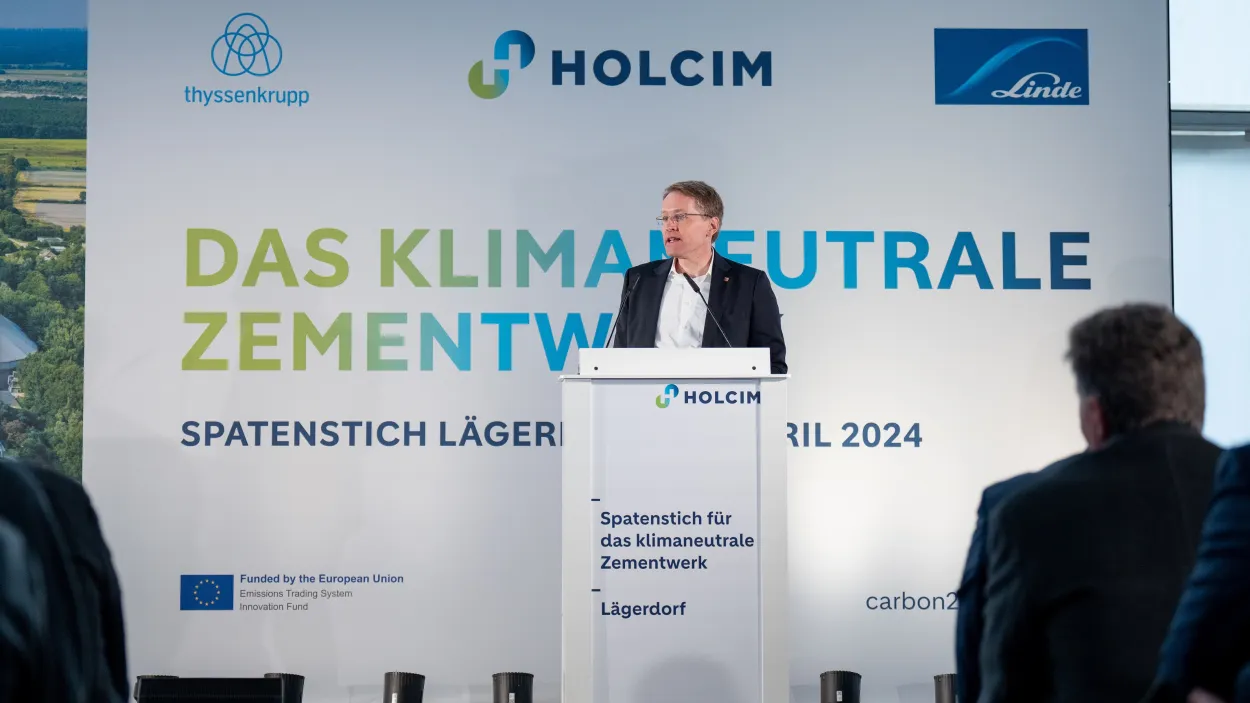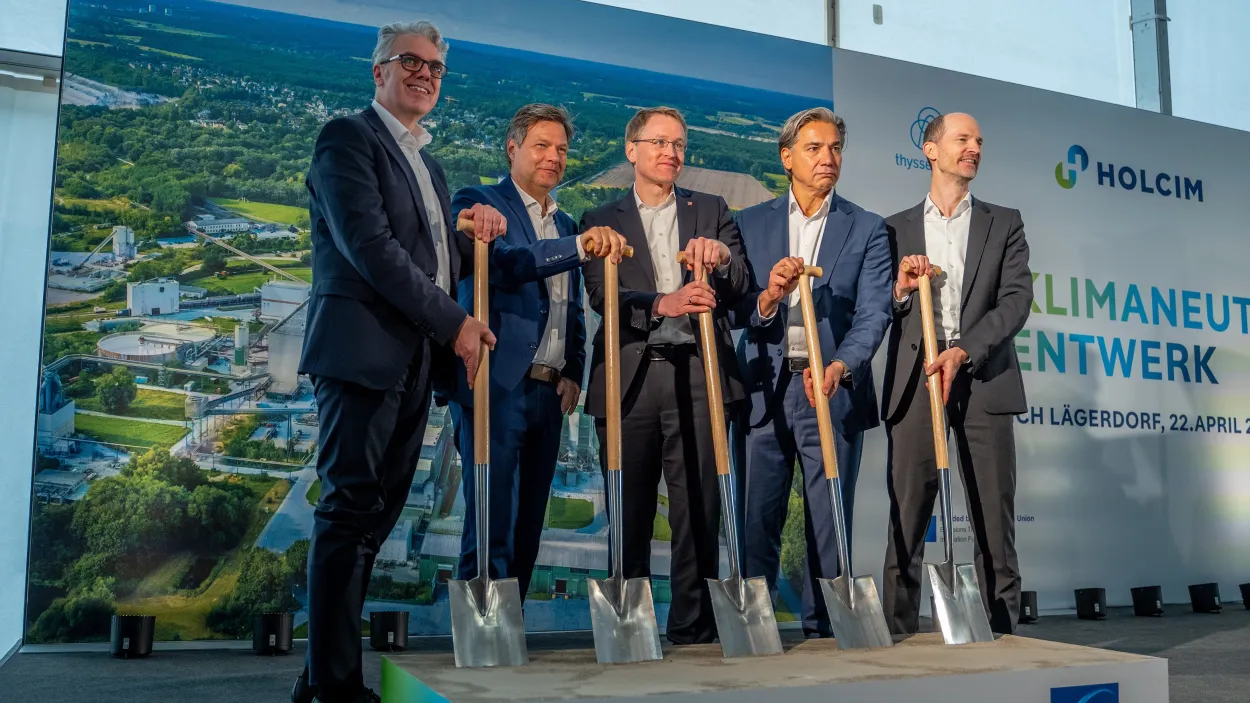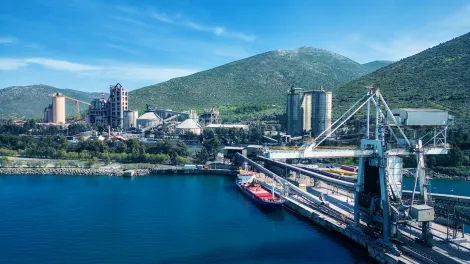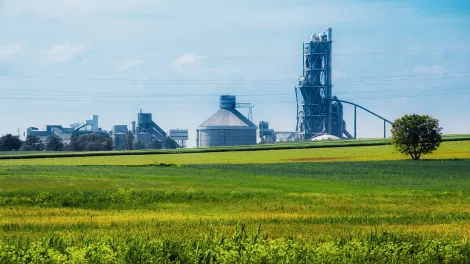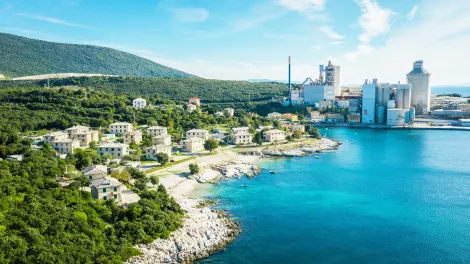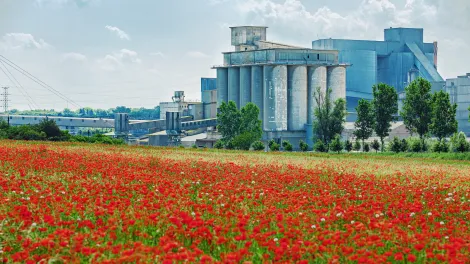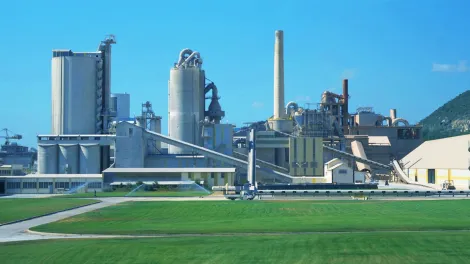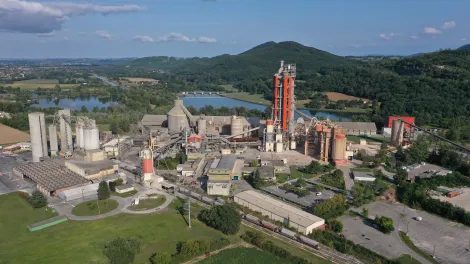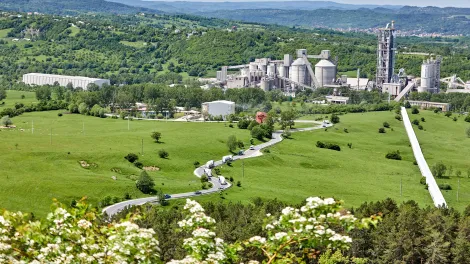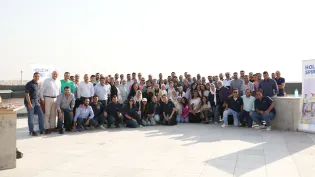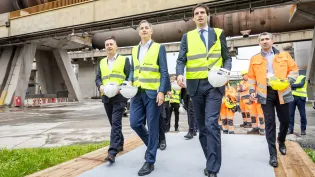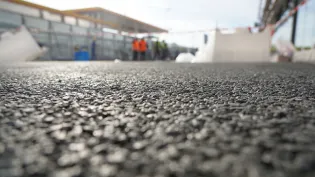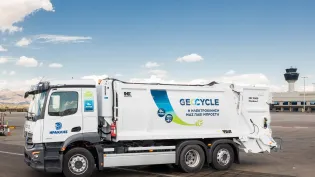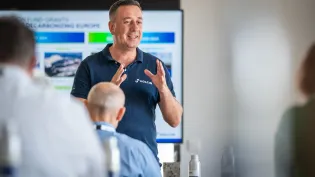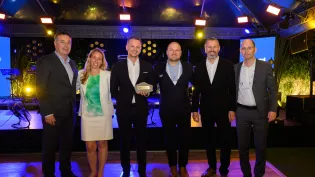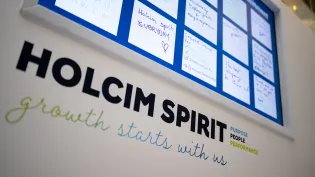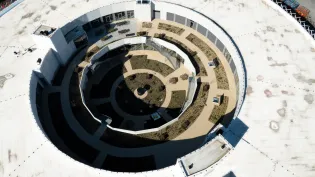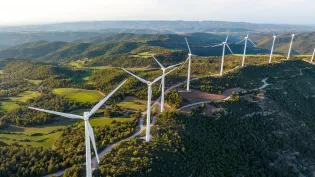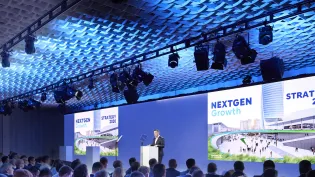CARBON2BUSINESS carbon capture and utilization project
The Carbon2Business project at our cement plant in Lägerdorf, Germany aims to capture more than 1.2 million tons of CO2 emissions annually. The captured CO2 will be repurposed as an industrial raw material, and from 2029 cement production at Lägerdorf will be entirely net-zero.
In 2023, we received a grant from the EU Innovation Fund to advance the Carbon2Business project.

Groundbreaking event
On 22 April 2024 we officially launched our Carbon2Business carbon, capture and utilization (CCU) project with a groundbreaking event in Lägerdorf, which will become one of the world’s first climate-neutral cement plants.
With this project, Holcim is contributing to the development of a CO2 economy in Germany. We have been present in Lägerdorf for 160 years, and this innovative project will benefit the community in the years to come.
German Vice Chancellor and Federal Minister of Economics Dr. Robert Habeck and Minister President of Schleswig-Holstein, Daniel Günther, were present at the ceremony together with Holcim Germany CEO Thorsten Hahn.

Through this groundbreaking project, we're fostering sustainable prosperity. By capturing and repurposing CO2 as a valuable raw material, we're mitigating climate impact and facilitating the development of new value chains.
Carbon2Business at a glance
Image
| Net zero by 2029 | Image
| Oxyfuel technology | |
Image
| Around 1.2 million tons CO2 captured annually | Image
| EU Innovation Grant funding | |
Image
| Innovative oxyfuel cement kiln | Image
| Utilization pathway |
The technology behind the project
Carbon2Business is a carbon capture and utilization project that aims to create new value chains and develop technologies to help decarbonize industrial companies beyond the cement industry.
- CO2 will be captured from the cement manufacturing process using Oxyfuel technology – an “end-of-the-pipe" solution. The technology works by substituting combustion air with pure oxygen, producing a CO2-rich flue gas. The gas is then cooled, purified and liquified, creating a highly pure CO2 gas for use in other industries.
- The purified CO2 will either be processed into e-methanol through methanol synthesis or reprocessed as a raw material, to produce plastics for example.





